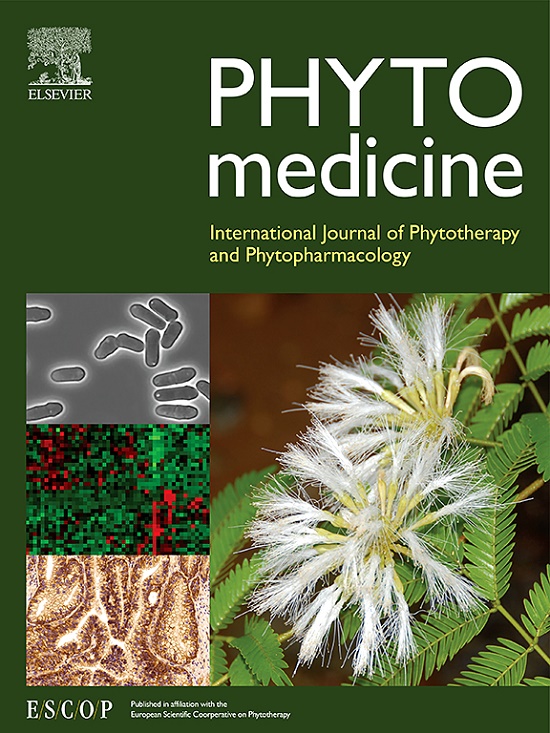Enhancing temozolomide efficacy in GBM: The synergistic role of chuanxiong rhizoma essential oil
IF 6.7
1区 医学
Q1 CHEMISTRY, MEDICINAL
引用次数: 0
Abstract
Background
Glioblastoma multiforme (GBM) is a highly aggressive brain tumor with a poor prognosis. Temozolomide (TMZ), the standard first-line chemotherapy drug is limited by severe toxicity and the development of drug resistance.
Purpose
To explore the potential of Chuanxiong Rhizoma (CR), a traditional Chinese medicine, in enhancing the efficacy of TMZ against GBM, especially in TMZ-resistant cells under hypoxic conditions.
Study Design
This study combines in vitro experiments, network pharmacology modeling, molecular docking, and in vivo validation to explore how the essential oil from the blood-activating and stasis-removing Chinese medicine CR (CEO) ameliorate the hypoxic tumor microenvironment and synergizes with TMZ to treat GBM
Methods
The impact of CEO combined with TMZ on the growth, migration, invasion, and apoptosis of glioma U251 cells, including TMZ-resistant variants, was assessed in vitro under both normoxic and hypoxic conditions. Network pharmacology was applied to predict the biological processes and signaling pathways affected by CEO. Western blot analysis was conducted to evaluate the expression of hypoxia-inducible factor-1α (HIF-1α), matrix metalloproteinase-9 (MMP-9), and vascular endothelial growth factor A (VEGFA). In vivo, the efficacy of Ligustilide (LIG), a key component of CEO, was tested in combination with TMZ using a mouse model of GBM.
Results
In vitro experiments revealed that the combination of CEO and TMZ significantly inhibited cell growth, migration, and invasion, and induced apoptosis in both TMZ-resistant and non-resistant U251 cells under hypoxic conditions. Network pharmacology suggested that CEO's effects are closely linked to oxygen-related biological processes, with the HIF-1 signaling pathway being a key target. Western blot confirmed that CEO downregulated the expression of HIF-1α, MMP-9, and VEGFA. This suggests that CEO can regulate the expression of these proteins through the HIF-1 signaling pathway, alleviating the TMZ resistance caused by the tumor microenvironment and thereby enhancing the sensitivity of glioma cells to TMZ. In vivo, LIG synergized with TMZ to inhibit tumor growth and enhance the sensitivity of TMZ-resistant GBM.
Conclusion
Our findings indicate that the combination of CEO and TMZ is a promising therapeutic strategy for GBM, particularly in overcoming TMZ resistance.

求助全文
约1分钟内获得全文
求助全文
来源期刊

Phytomedicine
医学-药学
CiteScore
10.30
自引率
5.10%
发文量
670
审稿时长
91 days
期刊介绍:
Phytomedicine is a therapy-oriented journal that publishes innovative studies on the efficacy, safety, quality, and mechanisms of action of specified plant extracts, phytopharmaceuticals, and their isolated constituents. This includes clinical, pharmacological, pharmacokinetic, and toxicological studies of herbal medicinal products, preparations, and purified compounds with defined and consistent quality, ensuring reproducible pharmacological activity. Founded in 1994, Phytomedicine aims to focus and stimulate research in this field and establish internationally accepted scientific standards for pharmacological studies, proof of clinical efficacy, and safety of phytomedicines.
 求助内容:
求助内容: 应助结果提醒方式:
应助结果提醒方式:


